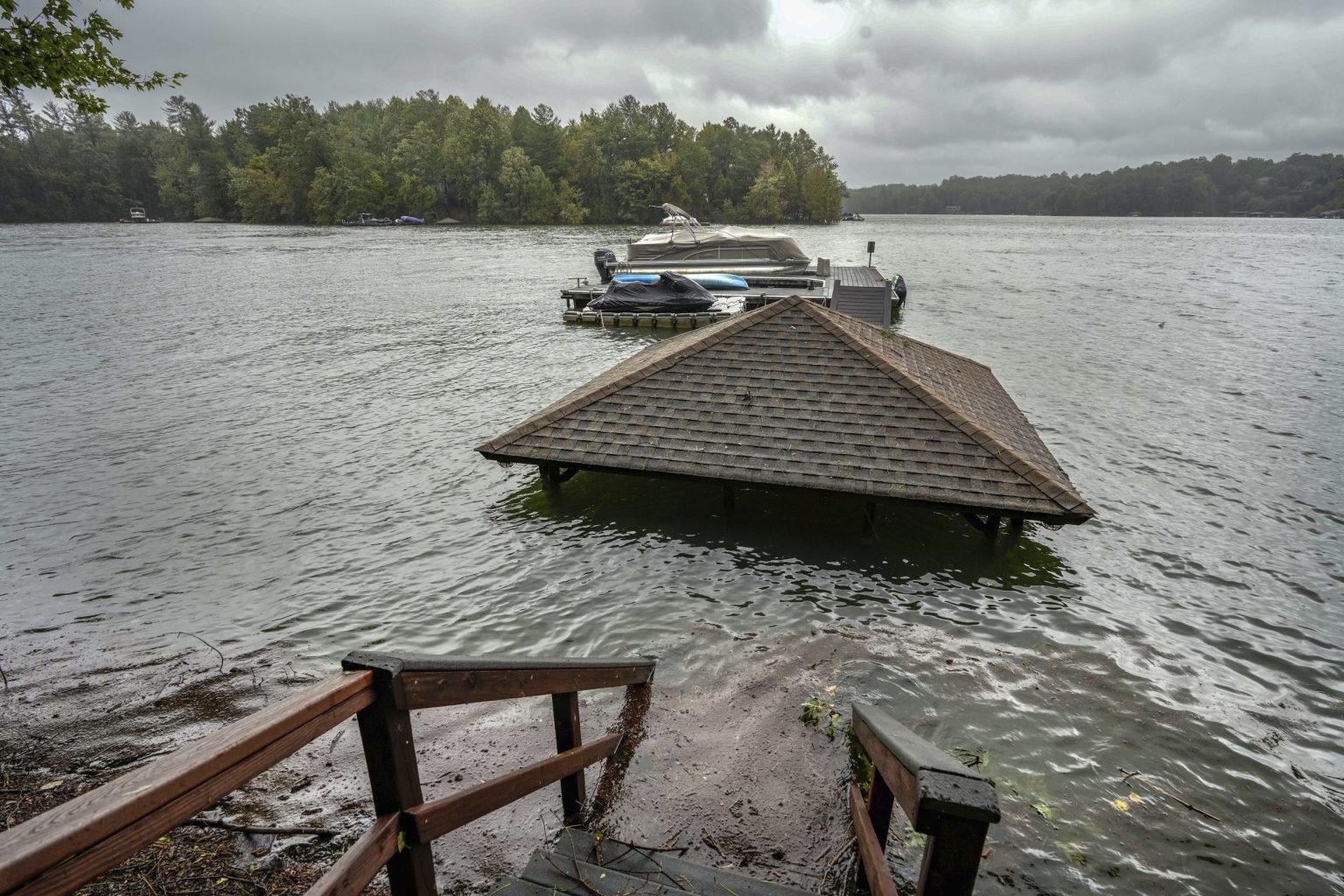Helene, a powerful Category 4 hurricane, made landfall in Florida’s Big Bend region with 140 mile per hour winds before moving north to impact Georgia, South Carolina, North Carolina, Tennessee, and other states in the Southeast. The storm caused widespread devastation, resulting in at least four dozen deaths and more than 3.7 million homes and businesses without power across the region. In North Carolina, heavy rains led to severe flooding, mudslides, and road closures, prompting the Governor to request a Major Disaster Declaration from the federal government.
In Asheville, North Carolina, crews conducted over 100 swift-water rescues as the city grapples with widespread road closures. Governor Roy Cooper highlighted the significant damage caused by Helene, emphasizing the urgent need for financial assistance to help affected communities recover. The storm brought historic and catastrophic flooding to the Southeast and Southern Appalachians, with rainfall exceeding 20 inches in some areas. As the waters recede and winds calm down, the focus shifts to cleaning up and rebuilding in the aftermath of the storm.
The National Hurricane Center issued a final advisory on Helene, warning of continued flooding over the Tennessee Valley as the post-tropical cyclone moves through the region. Social media and local news outlets shared firsthand accounts and videos showcasing the extent of the flooding and destruction caused by the storm. In Erwin, Tennessee, patients and hospital staff were stranded on the roof of Unicoi County Hospital, awaiting rescue boats amidst rising waters. A dam break on the Nolichucky River prompted a “life-threatening flash flooding” emergency, highlighting the dangerous situations created by the storm’s impact.
The Carolinas were hit hardest by Helene, with over 1 million power outages in South Carolina and 700,000 in North Carolina reported as of early Saturday. The storm’s rapid intensification from a Category 1 to a Category 4 hurricane within 30 hours caught many by surprise, leaving some areas inaccessible except by boat. Traveling through multiple states, Helene left a trail of destruction in its wake, with North Carolina experiencing severe flooding that led to road closures and mudslides. The region is now faced with the daunting task of rebuilding and recovering from what officials have deemed the most significant natural disaster in recent memory.


